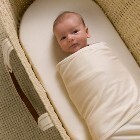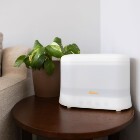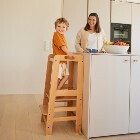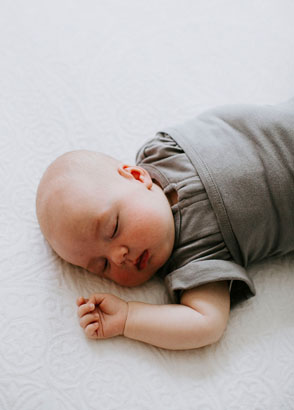We've all heard the expression 'sleeping like a baby'.....but in reality, getting your baby to sleep is often harder than it sounds!!!
We find that the most common reasons for a baby crying are hunger and tiredness. In hospital there is often a big focus on learning to breastfeed (or dealing with learning to bottle feed if that is your option or choice)......but it's rare to be taught to identify when your baby is tired and how to get them to sleep.
Often it's assumed that a new baby knows how to fall asleep, or that a new parent knows how to get their baby to sleep. But we find that neither is true!!!

























